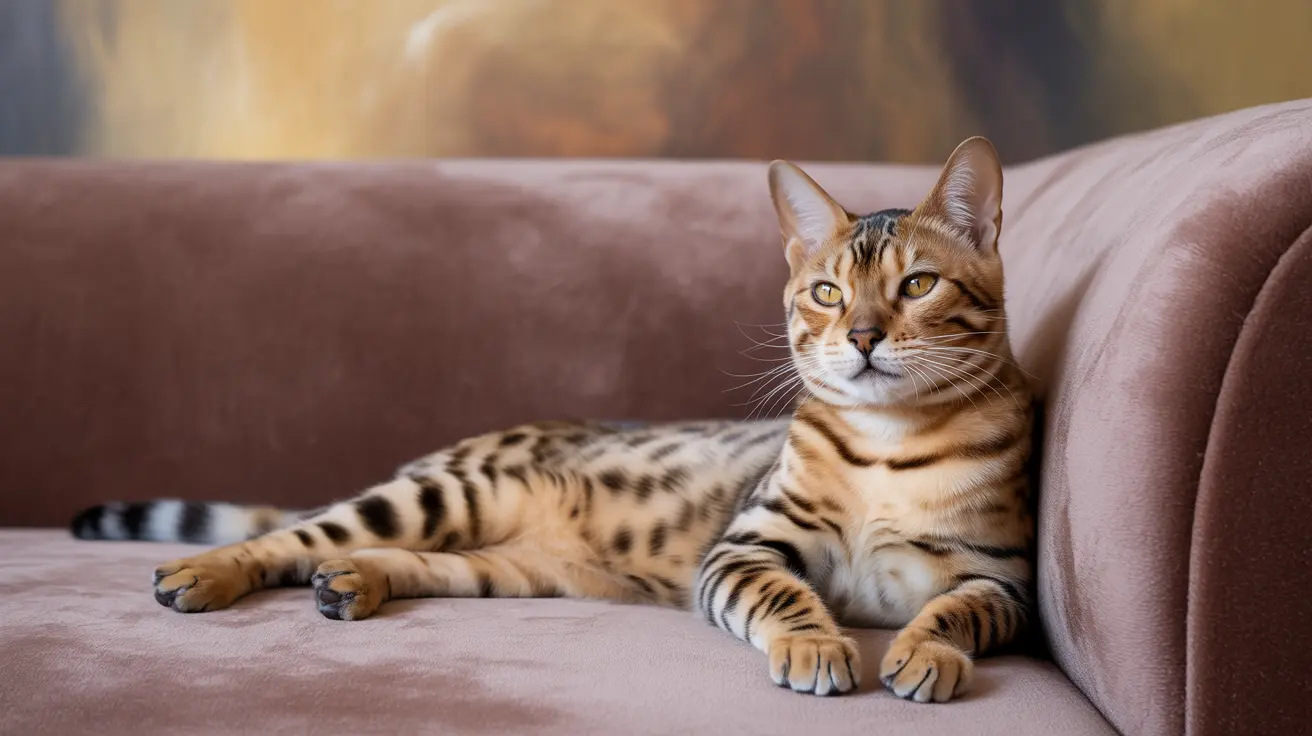The Science Behind Pain-Related Purring
Research has shown that cats may use purring as a self-soothing mechanism when experiencing pain or discomfort. The vibrations produced during purring occur at frequencies between 25 and 150 Hertz, which scientists have discovered can promote healing and provide pain relief.
Interestingly, these same frequencies are used in human medical treatments to accelerate bone healing and reduce inflammation, suggesting that cats may have evolved this natural healing mechanism.
How to Identify Pain-Related Purring
When a cat purrs due to pain, they often display other telling behaviors simultaneously. Watch for these signs accompanying unusual purring:
- Hiding or withdrawing from social interaction
- Changes in posture or movement
- Decreased appetite or grooming
- Flattened ears or dilated pupils
- Aggressive behavior when touched
- Excessive licking of specific areas
The Evolutionary Purpose of Purring in Pain
Cats developed purring as both a communication tool and survival mechanism. In the wild, showing signs of weakness could make them vulnerable to predators. Purring while in pain may help them remain calm and promote healing while masking their distress.
Additionally, purring can serve as a way to communicate their need for care to their human companions or other cats, similar to how kittens use purring to maintain contact with their mothers.
When to Seek Veterinary Care
If you notice your cat purring more than usual along with any of these symptoms, consult a veterinarian:
- Significant changes in eating or drinking habits
- Difficulty moving or reluctance to jump
- Unusual aggression or withdrawal
- Changes in litter box habits
- Visible injuries or swelling
- Excessive vocalization beyond purring
The Healing Properties of Cat Purrs
Studies suggest that the vibrational frequencies of purring may have therapeutic effects on both cats and humans. These vibrations can:
- Promote bone density and healing
- Reduce swelling and inflammation
- Decrease pain sensation
- Aid in muscle recovery
- Support respiratory function
Frequently Asked Questions
Why do cats purr when they are in pain or feeling stressed?
Cats purr when in pain as a self-soothing mechanism and potential natural healing response. The vibrations produced during purring can help reduce pain, decrease inflammation, and promote tissue healing.
How can I tell if my cat's purring means they are hurt rather than happy?
Look for accompanying signs of distress such as hiding, changes in behavior, decreased appetite, unusual postures, or aggression. Happy purring typically occurs during pleasant activities, while pain-related purring may seem out of context.
Can a cat's purr actually help with healing or reduce pain?
Yes, research suggests that the frequency of cat purrs (25-150 Hz) can promote healing, reduce inflammation, and provide pain relief. These frequencies match those used in therapeutic treatments for both humans and animals.
What other signs should I watch for if I think my cat is purring because of pain?
Monitor for changes in appetite, mobility, litter box habits, social interaction, and grooming behavior. Also watch for physical signs like dilated pupils, flattened ears, or hunched postures.
Should I take my cat to the vet if they purr a lot but show unusual behavior?
Yes, if your cat's purring is accompanied by behavioral changes, decreased appetite, mobility issues, or other concerning symptoms, schedule a veterinary examination to rule out underlying health problems.
Conclusion
Understanding that cats may purr when in pain is crucial for responsible pet ownership. While purring often indicates contentment, being aware of context and accompanying behaviors can help you better interpret your cat's well-being and ensure they receive proper care when needed.
Always consult with a veterinarian if you notice unusual purring combined with behavioral changes or signs of distress. Your attention to these subtle signals can make a significant difference in your cat's health and comfort.






